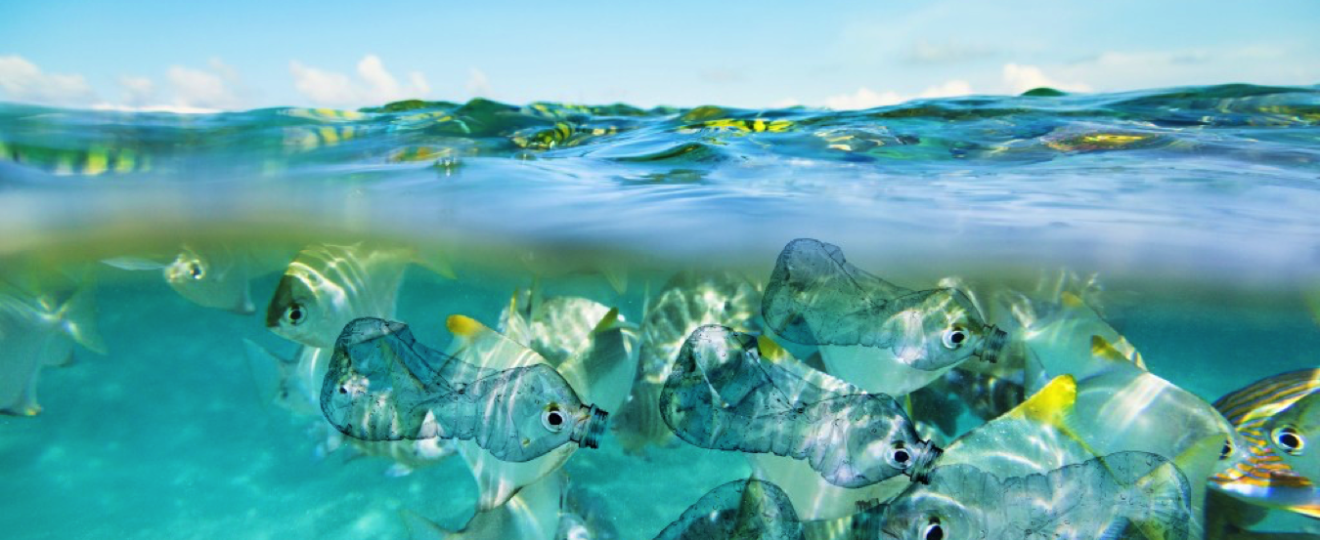In Aula la legge contro le microplastiche nei cosmetici
Leggiamo con piacere e diffondiamo (da Marevivo, martedì 18 Ottobre 2016)
“E’ un primo, importante risultato nella battaglia intrapresa da Marevivo per sconfiggere il “Mostro” che sta minacciando il mare e la nostra salute. La plastica, infatti, percorre vie infinite: anche attraverso i prodotti di cosmesi e di igiene personale invade sempre di più i nostri mari per finire anche nei nostri piatti”, così commenta la presidente di Marevivo, Rosalba Giugni, la notizia dell’approdo in Aula, il prossimo lunedì 24 ottobre, della proposta di legge numero 3852, a prima firma del presidente della VIII Commissione Ambiente della Camera Realacci e sottoscritta da oltre 40 deputati di diversi gruppi politici, sia di maggioranza che di opposizione, in base alla quale dal 1° gennaio 2019 non sarà più consentito produrre e mettere in commercio prodotti cosmetici contenenti microplastiche.
“Grazie all’impegno di Ermete Realacci, primo firmatario della legge fortemente voluta da Marevivo, la proposta di legge è stata oggi abbinata dalle Commissioni riunite Ambiente e Attività produttive della Camera alla legge sulla cosmesi sostenibile e sarà discussa alla Camera a partire da lunedì 24 ottobre. Intanto Marevivo, forte anche delle 20mila firme raccolte a sostegno della legge e nel segno dell’impegno portato avanti da oltre 30 anni su questo tema, continuerà a sollecitare l’opinione pubblica e ad agire per contrastare il Mostro”, conclude la Presidente.
 Questa proposta di legge rappresenta uno snodo cruciale della campagna “Mare mostro” nata per sensibilizzare sull’impatto della plastica in mare e realizzata da Marevivo anche in collaborazione con Marina Militare e CoNISMa. La campagna, condotta nei mesi scorsi a bordo della nave scuola Amerigo Vespucci, si snoda tra seminari, incontri con studenti, dibattiti con amministratori e politici, azioni di bonifica alle foci dei fiumi. A supportarla c’è anche una mostra divulgativa, nata sulla scorta di uno studio della Blue Factory di Marevivo, composta da giovani studiosi e ricercatori, coordinati dal professore dell’Università “La Sapienza” Giandomenico Ardizzone. L’immagine del “Mare mostro” è stata ideata dall’agenzia Roncaglia e Wijkander.
Questa proposta di legge rappresenta uno snodo cruciale della campagna “Mare mostro” nata per sensibilizzare sull’impatto della plastica in mare e realizzata da Marevivo anche in collaborazione con Marina Militare e CoNISMa. La campagna, condotta nei mesi scorsi a bordo della nave scuola Amerigo Vespucci, si snoda tra seminari, incontri con studenti, dibattiti con amministratori e politici, azioni di bonifica alle foci dei fiumi. A supportarla c’è anche una mostra divulgativa, nata sulla scorta di uno studio della Blue Factory di Marevivo, composta da giovani studiosi e ricercatori, coordinati dal professore dell’Università “La Sapienza” Giandomenico Ardizzone. L’immagine del “Mare mostro” è stata ideata dall’agenzia Roncaglia e Wijkander.
Ogni anno nel mondo vengono prodotte 280 milioni di tonnellate di plastica e si stima che nel 2050 diventeranno 400. Su questo scenario, si innesta uno studio della Fondazione “Ellen MacArthur”, che prevede che per quell’anno ci saranno più plastiche che pesci in mare. Secondo alcune ricerche, oltre il 10% di plastica prodotta viene gettato in mare, andando ad alimentare il “Mostro”.






